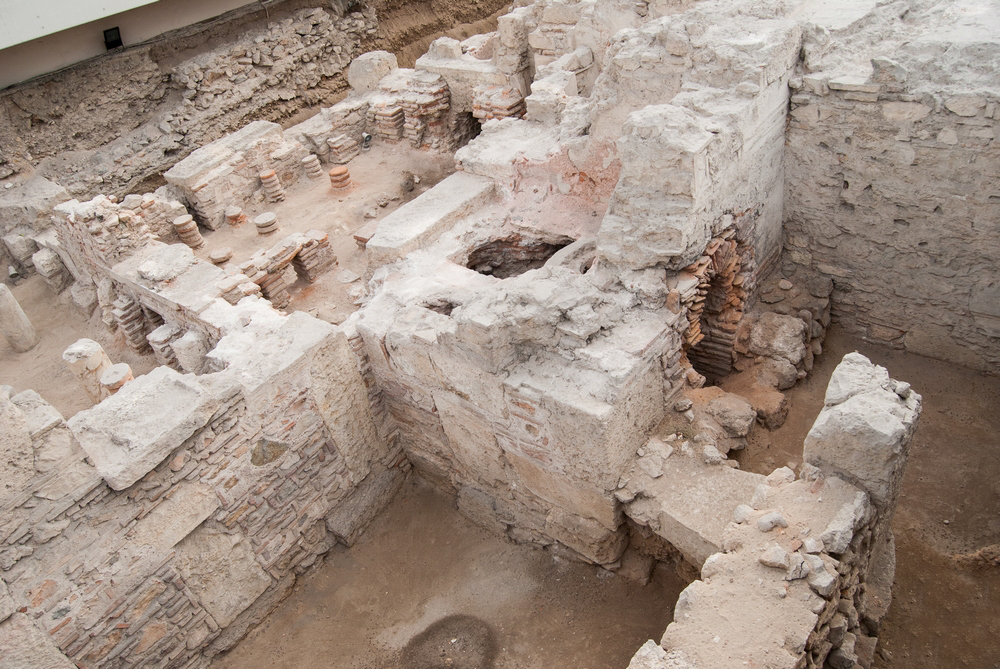Roman Baths
These Roman Baths consist of 2 rooms with a hypocaust, two firing hearths and nine tanks.
Location
Timeline
Modern and Contemporary era (1821 - )
2003 Maintenance, restoration, roofing and enhancement of the site, which lasted a year.
Ottoman era (1453- 1821)
Byzantine era (331 AC- 1453)
Roman era (30 BC- 330 AC)
The bath was constructed at the end of the 3rd century AD or the beginning of the 4th century AD.





Share